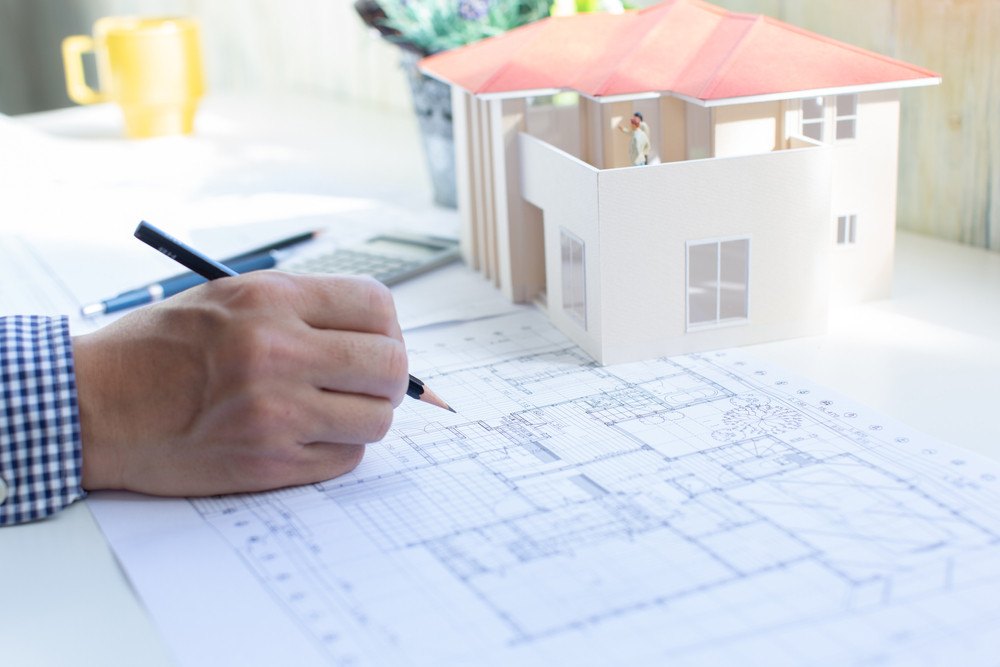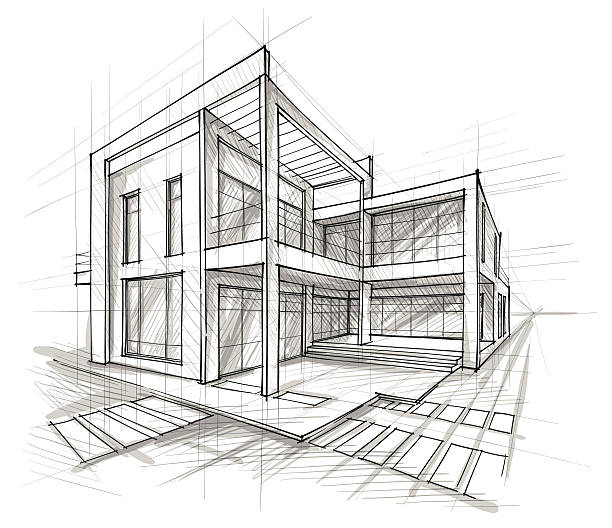How CDA Architects Integrate Eco-Friendly Practices in Architectural Projects
How CDA Architects Integrate Eco-Friendly Practices in Architectural Projects
Blog Article
The Impact of Technical Developments on the Layout Practices of Contemporary Architects
The quick evolution of technological tools has substantially improved the layout landscape for modern architects, fostering unmatched degrees of technology and sustainability. Discovering these characteristics reveals a nuanced interplay between technology and standard layout techniques, motivating a more detailed examination of what the future holds for building techniques.
Advancement of Architectural Devices
Exactly how have building devices transformed the layout and building processes over the centuries? The advancement of building tools has actually substantially impacted the effectiveness, accuracy, and creative thinking of style and construction.
With the arrival of the Renaissance, the intro of the compass and the protractor marked a crucial change. These tools enabled architects to attain higher precision in their styles, facilitating the introduction of more detailed and in proportion structures (cda architects). The Industrial Transformation further reinvented architectural exercise with the introduction of mechanical devices and products, permitting larger and more enthusiastic projects
In the 20th century, the advancement of computer-aided layout (CAD) software changed the landscape once more, offering engineers with unprecedented capacities in modeling and visualization. Today, advanced devices such as Building Info Modeling (BIM) and parametric layout software proceed to press the boundaries of architectural technology, enabling an extra integrated technique to layout and construction processes.

Enhanced Collaboration in Style
As innovation remains to advance, improved collaboration in layout has come to be a keystone of modern architectural method. The integration of digital tools such as Structure Info Modeling (BIM), cloud-based systems, and advanced visualization software has actually transformed the method architects, engineers, and stakeholders connect throughout the design procedure. These tools assist in real-time communication, permitting teams to share ideas, alterations, and responses immediately, no matter geographical place.
In addition, virtual truth (VIRTUAL REALITY) and enhanced fact (AR) have further enriched collective efforts by enabling immersive experiences that enable customers and staff member to envision projects in a much more interesting way. This level of interaction not only enhances understanding however additionally fosters a sense of possession amongst stakeholders, resulting in even more informed decision-making.
Additionally, interdisciplinary partnership has actually been streamlined through these technological improvements, making it possible for architects to work a lot more very closely with various other professionals, such as urban coordinators and environmental professionals. The result is a much more natural approach to create that takes into consideration various perspectives and experience. Ultimately, enhanced collaboration in design is not merely a trend; it is vital for producing ingenious, practical, and visually pleasing design in a progressively complicated globe.
Sustainability With Innovation
Sustainability in design has progressively ended up being intertwined with technological innovation, driving the sector towards eco responsible practices - cda architects. Contemporary architects are leveraging advanced modern technologies to decrease ecological effect while improving the performance of structures. One noticeable instance is the usage Read Full Report of Building Information Modeling (BIM), which permits specific preparation and resource allocation, reducing waste throughout building and construction and promoting power effectiveness throughout a structure's lifecycle
Additionally, clever products and energy-efficient systems are being integrated into designs to optimize source usage. Technologies such as solar batteries and green roofing systems harness renewable resource sources, contributing to minimized carbon impacts. In addition, the application of expert system in layout procedures enables engineers to mimic and analyze energy consumption, directing choices toward even more sustainable website here results.
The combination of lasting technologies not just aligns with worldwide environmental objectives however additionally meets an enhancing need from customers for green solutions. As architects welcome these advancements, the focus shifts in the direction of developing spaces that are not only visually pleasing yet likewise functionally sustainable, therefore redefining the criteria of modern-day design. This way, technology works as a stimulant for sustainability, enabling engineers to make buildings that respect and improve the natural surroundings.
Difficulties in Implementation
While technological innovations in design hold terrific pledge for enhancing sustainability, their application commonly experiences substantial obstacles. One main challenge is the high learning contour related to new technologies. Engineers and building and construction experts might need comprehensive training to effectively make use of innovative software and tools, which can delay task timelines and increase prices.
In addition, the combination of emerging innovations, such as Structure Info Modeling (BIM) and lasting products, commonly necessitates cooperation throughout multidisciplinary teams. This cooperation can be hindered by differences in expertise, operations, and interaction styles, resulting in prospective problems and ineffectiveness.
Financial restraints further make complex the fostering of ingenious innovations. Many architectural companies, especially smaller sized ones, may do not have the sources to buy innovative devices, limiting their ability to take on bigger companies that can manage such investments.
Additionally, regulative structures and building regulations might not maintain pace with technical developments, developing ambiguity and possible conformity problems. This challenge can dissuade engineers from totally embracing new innovations, as the risk of non-compliance may outweigh the benefits. Dealing with these execution obstacles is essential for the effective assimilation of technological developments in modern architectural techniques.
Future Trends in Architecture
The challenges related to the implementation of new innovations in style have actually view triggered a reevaluation of future trends within the industry. As designers navigate issues such as sustainability, urbanization, and social equity, they are increasingly adopting cutting-edge modern technologies to improve design performance and ecological performance.
One popular trend is the integration of expert system (AI) in the style process. AI devices can evaluate large datasets to notify style choices, boosting both creative thinking and capability. Building Details Modeling (BIM) proceeds to develop, allowing real-time partnership amongst stakeholders and helping with streamlined task monitoring.
Lasting layout practices are additionally getting momentum, with engineers concentrating on flexible reuse and regenerative design concepts that minimize resource usage and waste. The unification of wise materials and renewable resource resources will further improve the durability of buildings despite climate adjustment.
Furthermore, the surge of parametric style permits even more personalized and context-sensitive building options. By using these developments, engineers are poised to develop constructed environments that not only attend to the immediate requirements of society but also prepare for future obstacles, thus redefining the function of design in an ever-changing globe.
Verdict

Report this page